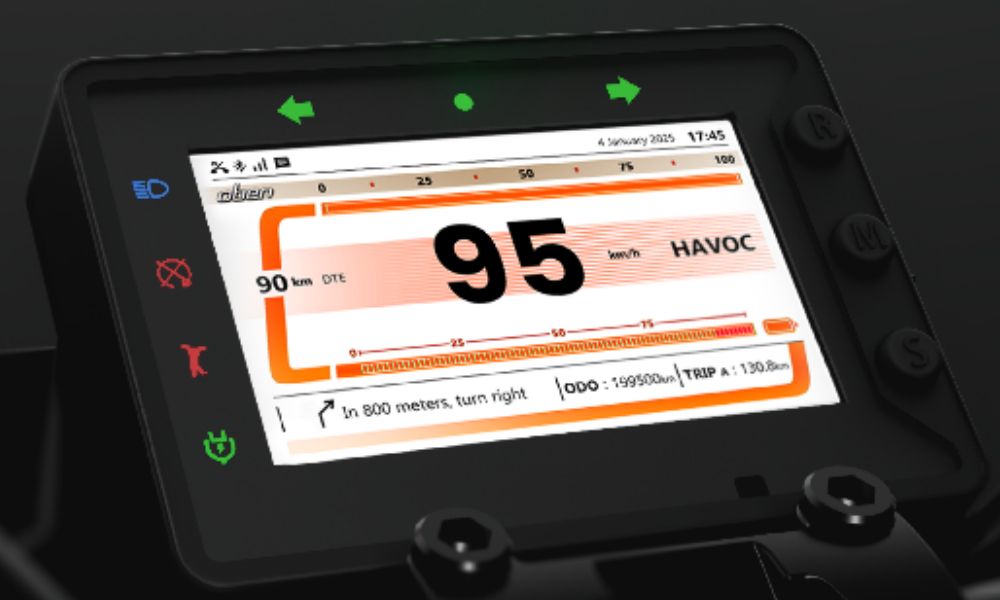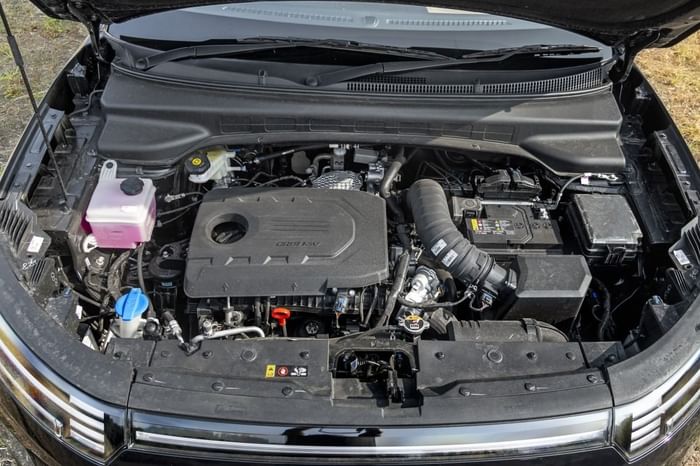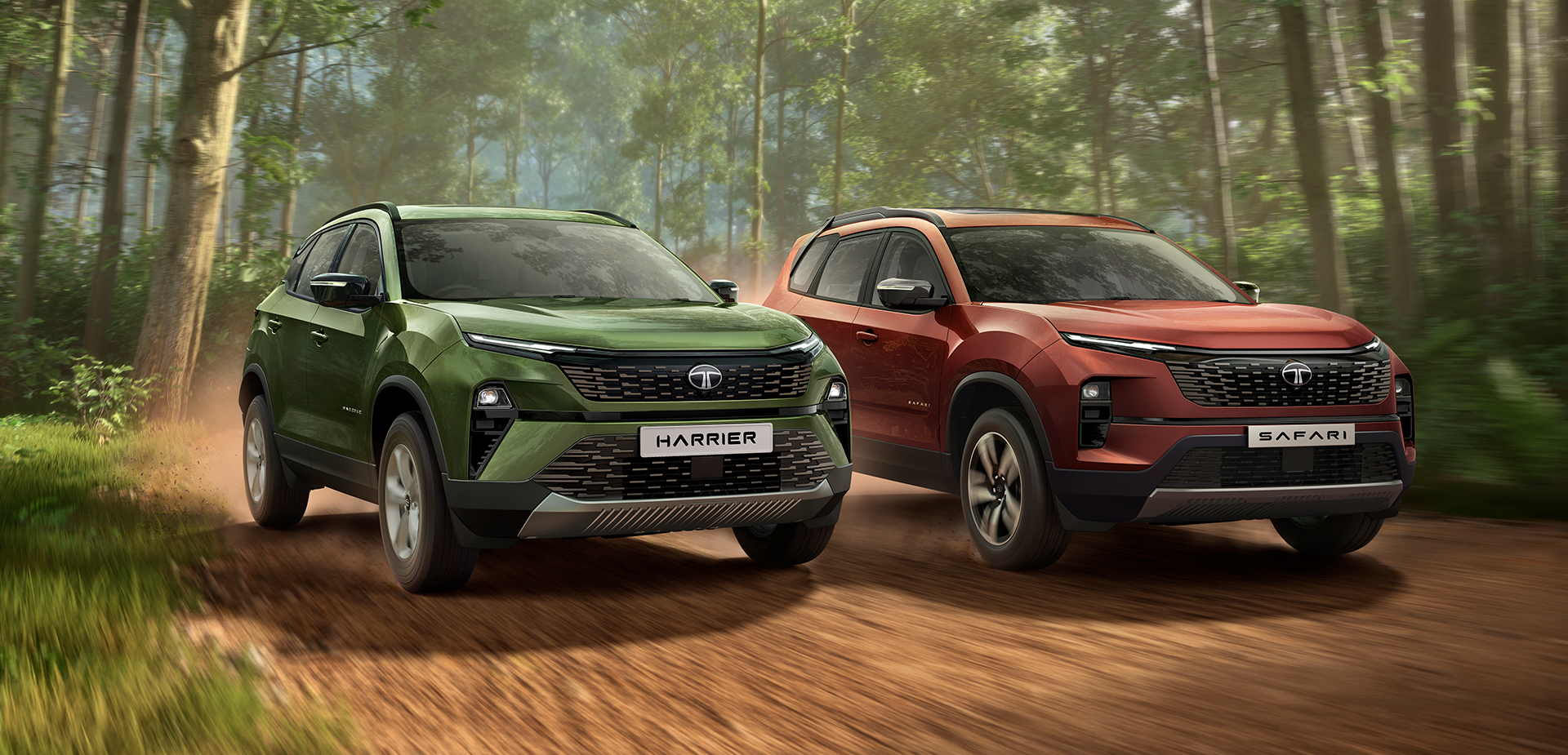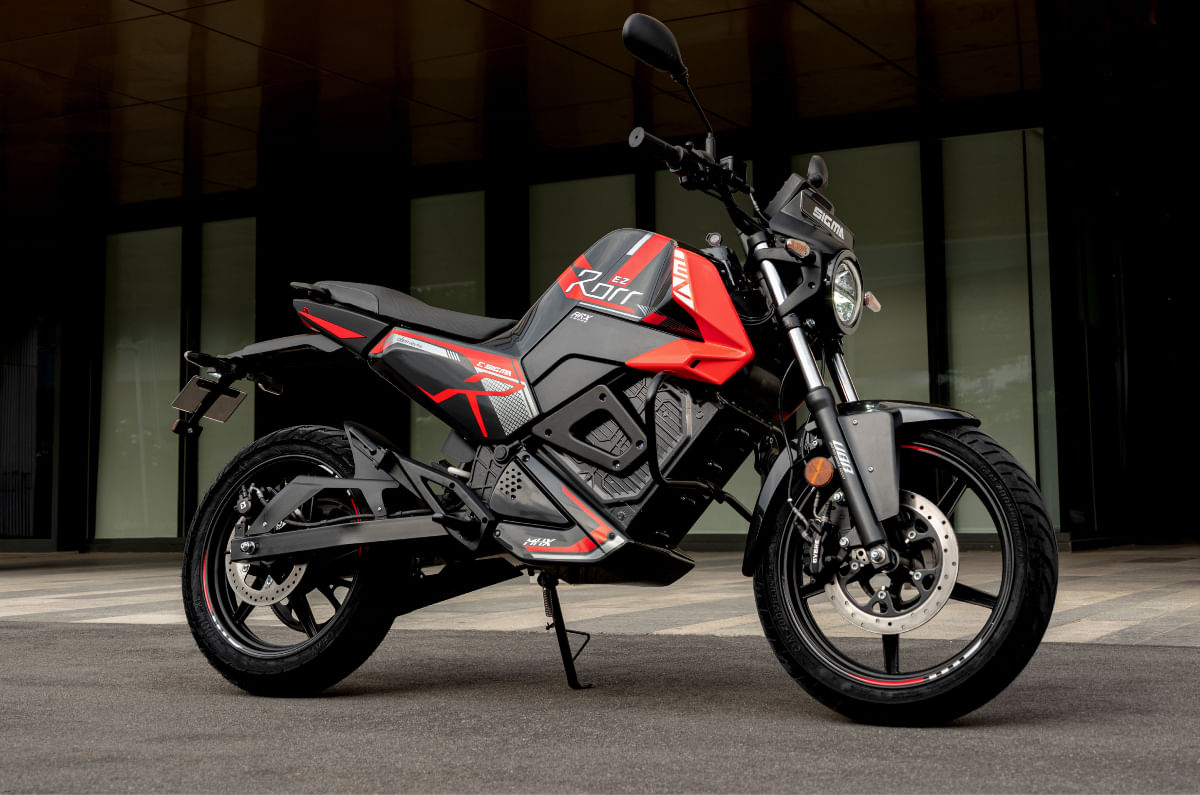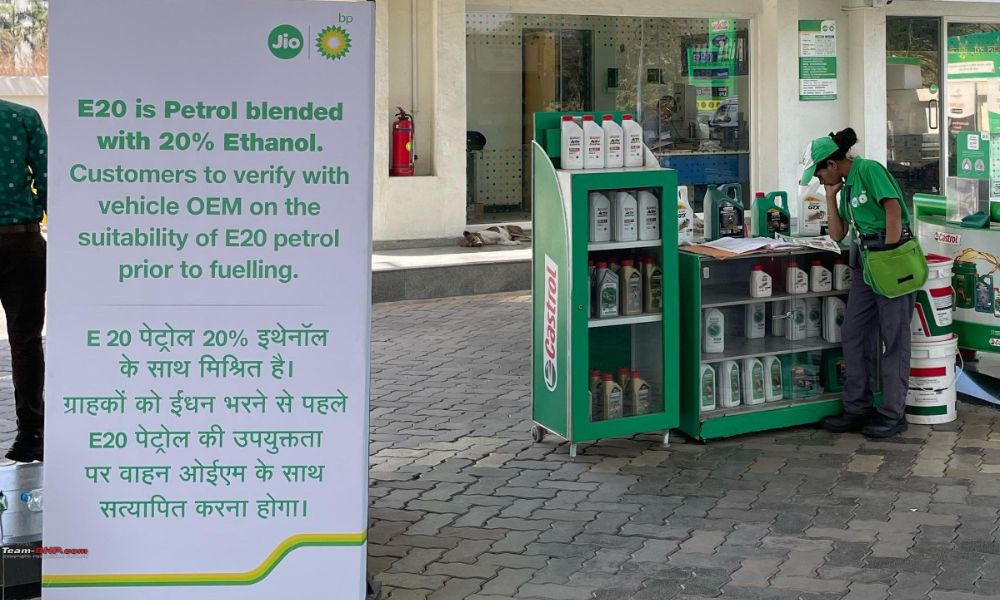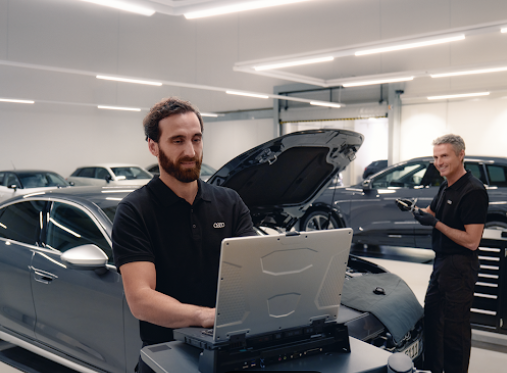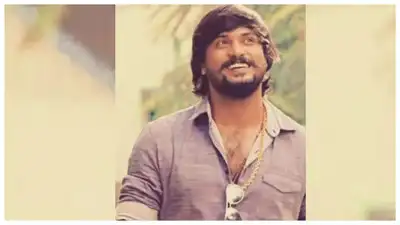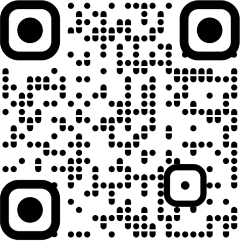 Francisco Hidalgo
Francisco HidalgoFrancisco Hidalgo admits that he is amazed by customer recall of the Renault Duster in India.
“The funny thing is when you bring up the Renault name, everybody says the same thing. Duster…Duster…Duster. It is an immediate reaction and unbelievable. It is as if Renault is Duster and Duster is Renault,” the Vice-President (Sales & Marketing) of Renault India told ET Auto in a recent interview.
Launched way back in 2012, the Duster literally set the cat among the pigeons in the compact SUV space and was a runaway success. It was part of the Indian landscape for a decade and is now tipped to make a comeback in 2026.
What is even more incredible is there are customers who have already made advance payments to some dealers for the new Duster. They have no clue on its launch date but insist that they could not care less so long as they are among the first to lay their hands on the SUV.
Renault has been out of the conversation for the last couple of years and I think it is now time to come back stronglyFrancisco Hidalgo
Strong customer connect
It is this sense of trust that convinces Hidalgo that Renault still enjoys strong customer connect which by itself is the battle half won. The last few years have been difficult for the French carmaker in India and it is now planning a comeback with a strong product blitzkrieg that began with the launch of the all-new Triber.“Renault has been out of the conversation for the last couple of years and I think it is now time to come back strongly,” says Hidalgo while pointing out to recent events like buying out Nissan’s 51% stake in the Chennai manufacturing alliance, setting up a design centre and so on.
“It was about reorganising our business in India and being very clear and bold about our future and commitment. And now it is about the product offensive since this is what people want to see eventually. Triber is the first step and there will be many more to come,” he explains.
In his view, when customers are not given that novelty or freshness in new products, “you can quickly get a little bit forgotten and go out of the conversation”. That was probably what “happened to us” in the last couple of years but that will now change with customer expectations all set to increase with the resurrected Triber leading the way.
“There are people who want Renault. They understand that we bring something fresh to the market. So I am convinced that with new cars — not just one but a whole series — and a real clear strategy from a product point of view, we are going to go back to the conversation very fast,” says Hidalgo.
People need a company like Renault to bring cars that are meaningful.Francisco Hidalgo
Rethinking business
A new brand strategy, Renault.Rethink, has also been part of the strategy where the core lies in rethinking business both from a corporate and product point of view. “I think Renault has been very well recognised as a segment creator and bringing something good to the market,” he continues.
While Duster spawned the compact SUV segment, Kwid brought forth a modern small car while Triber has a specific user base. As Hidalgo puts it, “People need a company like Renault to bring cars that are meaningful.”
From a marketing and brand strategy point of view, there are some things that are absolutely essential. “We need to make sure that when we launch a new model, we connect it to the brand and it feeds the brand. Duster is extremely strong but then some people think about Renault and they are not connecting it,” he elaborates.
With Renault. Rethink, all the cars due for launch are going to be bringing something. Triber, for instance, is about rethink space. “By connecting Renault. Rethink with rethink space, everybody will understand that Renault brand is also about space,” says Hidalgo.
When Kwid came in some years ago, it “definitely changed” the code of style for small cars. “So our signature for Kwid is Renault Kwid. Rethink style. By connecting this with Renault.Rethink, each of the cars is going to be bringing one clear feature to the brand,” he adds.
When you try to create something new, sometimes you succeed and sometimes you fail. But in our DNA, we take risks and we try to bring something differentFrancisco Hidalgo
Kiger a tad unlucky
The same quotient will apply with Kiger and all the new cars that will follow where each will have a “very strong, clear territory and we are going to link each model to the brand”. Hidalgo maintains that the Kiger, launched in 2021, is a “fantastic car but a little bit unlucky” since its India debut coincided with the second wave of COVID.
“As I said earlier, Renault going out of the conversation made it tough for Kiger which is now going to be relaunched. We are going to jump to a different level and I remain convinced that the market has been very unfair with Kiger. So we are going to make sure that we give it a second chance and a lot of people are going to be surprised,” says Hidalgo.
Shifting gears a bit, while the Indian automobile market remains intensely competitive, he still finds it“a little bit funny when people tell me there is so much competition in India with so many cars”. While reiterating that there are not so many cars or brands, the Renault India VP cites the example of Europe, a much smaller market, with 70 to 80 brands selling cars and hundreds of models competing.
“In Europe, standing out from competition is extremely difficult. And though India is a very demanding market with very strong players, if you bring something meaningful, people will jump onto it,” he says.
With the right ingredients in place, a company could go from zero to 10-20% market share in India with one car in one segment “if you really are bringing something unique”. And that, according to Hidalgo, is possible only in India and “cannot happen in many other places in the world”.
Risk-taking DNA
By the end of the day, it is finally about bringing some added value into the market. If Renault were to just bring one car like other players with a similar price, similar design, features etc, it really would not serve any purpose.
“When you try to create something new, sometimes you succeed and sometimes you fail. But in our DNA, we take risks and we try to bring something different,” he says.
The logic is simple: working on similar products means talking about price and fighting for customers. On the other hand, a unique proposition cannot be copied or replicated very fast and gives any company the first mover advantage.
This is the new mantra that will be applicable to new cars that will be launched in India though the key question is what kind of value will they bring to the table. “How can we rethink and propose something different from the rest? If we do a good job, we will be appealing to a lot of people in areas like cost of ownership, technology and a lot of different things. My promise is that whatever we will launch will be something fresh and different,” reaffirms Hidalgo.
Demand for novelty
“We have to learn from the past to make sure that we improve in the future. There is a demand for novelty, features and freshness in the Indian market which is much more than in any other part of the world,” he says.
Some of the things Hidalgo has seen in India are “extremely unique” which gives him added hope about the market potential for Renault. “This passion for the car is not there anymore in many countries. In Europe, it’s a very rational purchase but India still has a lot of passion,” he says.
In Europe, people are just getting a “little bit tired” and are merely looking for mobility solutions even if it means travelling in a cheap car. “In India, however, you still feel it is a matter of pride to own a car since this is about social stature. It is like moving from a two-wheeler to a four-wheeler and that makes customers extremely demanding,” reasons Hidalgo.











